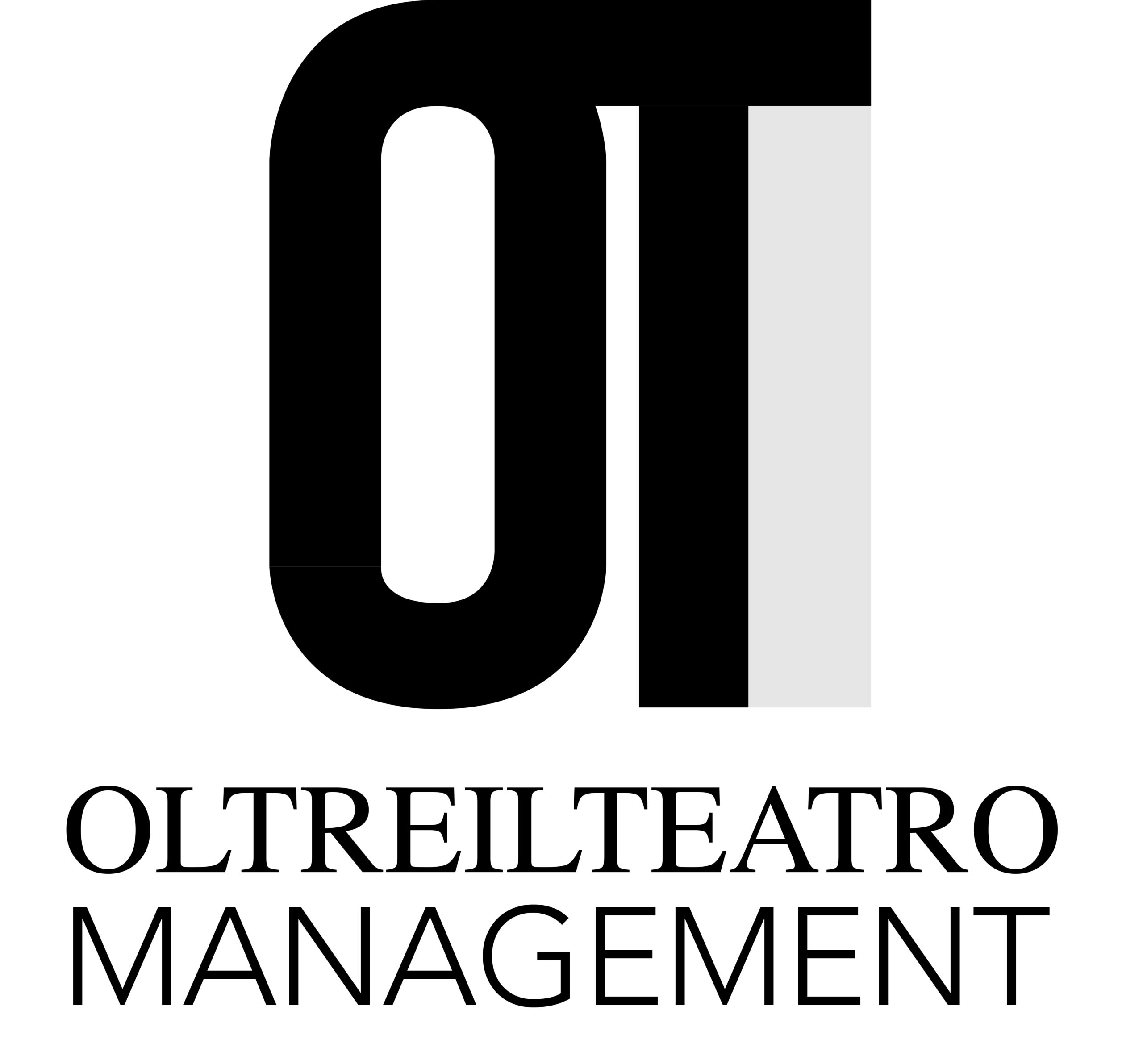Tatiana Khodakova
“Between knowledge and action lies an abyss filled with excuses”
Imagine a morning. A slow one, you know? When the city outside lazily awakens, and you hold a cup of aromatic coffee in your hands. An important thought is brewing in your mind. You absolutely know what you should do. Right now. So you don’t end up regretting it later or blaming yourself for lost time. Sound familiar? I’m sure it does. After all, each of us has faced this strange phenomenon: “I know what I need to do, but for some reason, I don’t.” Today we’ll talk about what makes us stall in place, having all the cards in hand to move forward. So sit back, it’s going to be interesting.
So, we’re sitting with our coffee, and that thought doesn’t go away. “I need to do this,” the inner voice insists. But instead of getting started, we suddenly find ourselves watching funny videos, diving into reading the news, or, oh horror, starting to organize the closet! Familiar, right? And here’s where it gets interesting. Many see this as plain laziness. If only you would gather yourself and do it. But, my friends, procrastination is not simple laziness. It’s more like the tip of the iceberg. Beneath this apparent apathy often lies a much deeper internal struggle.
We procrastinate not because we absolutely don’t want to do anything. No. Often behind that “later” lurks a true fear. A fear of not coping, a fear of looking foolish, a fear of criticism, and sometimes even a fear of success, as paradoxical as it sounds. We fear facing possible failure, fear the judgment of others, and so our subconscious kindly throws us more “safe” activities. Just to avoid confronting what brings us anxiety. This is the inner dynamic where “I know but I don’t do” is more a cry for help than an expression of laziness.
Besides deep-seated fears, there are also more, let’s say, “everyday” reasons for our inaction, even when we understand “what” and “how.” One of the most common is just a plain lack of energy. Imagine a vessel filled with life force. If we thoughtlessly spill this energy on activities that do not fulfill us and instead drain us, by the time we really need to do something, the vessel is almost empty.
Where does our precious energy go? Oh, there are many paths! Endless scrolling through social media eats away time and attention like a black hole. Compelling series that leave behind only a feeling of emptiness and wasted hours. Endless conversations about nothing, which seem to entertain, but ultimately provide neither satisfaction nor recharge. And then there’s that strange habit of finding problems where there are none, heroically rushing to their “urgent” solutions. Sound familiar? In the end, when the time comes for something really important, we feel drained, like a squeezed lemon. Where then is the strength for what requires our attention and involvement? So, we find ourselves in a position where “I know I should, I know how,” yet inside is emptiness. And suddenly, any action, even the simplest one, feels like an impossible burden.
This “energy drain,” these endless distractions are not mere accidents. They stem from a quite concrete, though often unrecognized, need—to avoid meeting ourselves. Imagine that inside each of us is a whole universe of feelings, experiences, and thoughts. And not everything in this universe is pleasant. There are unaccepted parts, those very “shadows” that we diligently hide even from ourselves.
And here come our distractors: an endless stream of information that fills our heads to the brim, leaving no room for our own thoughts; frantic cleaning that gives the illusion of control over the outside world while turmoil rages inside; constant busyness creating a sense of importance and necessity, just to avoid feeling inner emptiness. All these actions become a kind of armor, protecting us from facing the parts of ourselves that seem painful, wrong, or simply unfamiliar.
So, we find ourselves in a paradox: we spend enormous energy avoiding meeting ourselves instead of channeling that energy into creation and forward movement. We fear looking inside, afraid of what we might find there. We continue spinning in this wheel of “I know but I don’t do” because
true action often requires that inner meeting, an honest look at ourselves.
Imagine that it’s finally your long-awaited weekend. Time to relax and do nothing at last. But what really happens? That very “doing nothing” often turns out to be filled with some frantic pseudo-activity. We get lost in an endless feed of short clips that generously provide us dopamine, this quick “reward” for the brain, but in the end, leave only a sense of fatigue and some inner emptiness. Or we step out for a walk with the good intention of resting, but “accidentally” run into an acquaintance and get dragged into a long, often contentless conversation.
It seems we’re not working, but there’s no peace either. Because the true aim of these actions is not rest, but escape from silence. From that very silence where uninvited thoughts, unexpressed feelings, and those unaccepted parts of ourselves can rise. We instinctively avoid this internal dialogue, filling the space around us with noise and activity.
But the paradox is that it is precisely this silence, this time alone with ourselves, that serves as a true source of energy. It is in moments of calm that we can “reboot,” hear ourselves, and understand our true needs. Consistently trying to escape from ourselves only depletes our resources, keeping us stuck in a closed circle of “I know I need to rest, but I can’t truly relax.”
DARE TO GIFT YOURSELF SUCH AN EXPERIENCE — A TRUE DATE WITH YOURSELF
Imagine it: here’s your day off. Instead of the usual rush for external experiences, set a date… with yourself.
Put aside everything that typically fills your information feed—your phone, books, even background music. Find a quiet place, preferably in nature, where nothing will distract your attention. Sit down, lie down, or simply take a leisurely walk in the company of the most important person in your life—yourself.
Allow yourself to approach those very states you usually try to escape from. Don’t push away the thoughts that come to you, but gently return your attention to the sensations in your body, to what’s happening around you right now. Tell yourself: “Today is a special day for me—a date with the one I will spend my whole life with—myself.” Try to hear that inner voice, feel your body, see your true self. This meeting may have been a long time coming.
And you’ll be surprised at how gradually your energy will begin to return. Those very forces you’ve been lacking for long-postponed tasks will start to reappear. Of course, at first, there may be resistance, even discomfort from this unfamiliar closeness with yourself. But if you show patience and tenderness, gently and lovingly returning your attention to yourself and your feelings, you will notice how the inner energy begins to fill you. This surge of strength will be a pleasant bonus of your date with yourself. Ready to give it a try?
What if we go even further? What if you show the courage to take responsibility for your energy levels into your own hands? Imagine conducting an honest “inventory” of your life. You become an attentive observer of yourself, watching your actions and feelings. You start to note: this activity fills me with energy; after it, I feel uplifted and inspired. Meanwhile, this other thing seems to drain all my vitality, leaving only fatigue and irritation.
You could even create two lists. In one, your personal “energizers,” and in the other, “energy thieves.” This can be anything from interactions with certain people to consuming specific content, from exercising to handling routine tasks.
Once this picture becomes clearer, you can make a conscious decision to approach how you spend your time and where you direct your energy responsibly. You’ll start to intentionally choose activities and environments that nourish you while minimizing contact with what depletes you.
And you know what? Soon you’ll notice amazing changes. The quality of your life will begin to improve. You’ll have more energy for what truly matters. The feeling of constant fatigue and apathy will fade. Because you’ll stop unconsciously “draining” your energy and start directing it where you truly want. How does that bold step towards yourself sound? Are you ready for a date with yourself and to create your lists?
If you feel an inner urge and are ready to take that first step right now—a step from knowledge to action—congratulations! This is indeed an important turning point on your journey to yourself, towards a more conscious and fulfilling life.
But if you’re merely interested in this topic for now, if you’re ready to learn more but not quite ready to act immediately—well, then the next part of our article will be just for you. We will continue to explore why it is often so difficult to transition from understanding to actual steps, and what can help us overcome this barrier.
So, we’ve talked about how knowledge doesn’t always lead to action, about internal barriers, and about the importance of meeting with oneself. Now, let’s try to look at this problem from another angle—through the lens of somatics, a body-oriented approach to psychology.
From the perspective of somatic teachings, our difficulties in realizing impulses, in translating an internal “I want” into an external “I do,” often stem from early childhood, specifically from the period between about 8 months and 2.5 years. This developmental stage is considered crucial for establishing the ability to assert oneself, to express one’s will, and for our impulses to find their natural completion in action.
During this time, a child actively explores the world, learns to express autonomy, says “no,” and moves independently. If, during this period, they encounter systematic suppression of their impulses, inadequate support for their initiative, or, conversely, excessive control, it can leave a deep imprint on their bodily experience. As a result, a pattern of “freezing” impulses may form, leading to an inability to follow through on beginnings, a sense of internal stiffness, or helplessness.
It turns out that today’s “I know, but I don’t do” might echo those early experiences when our natural impulses to act didn’t find a safe outlet. To truly make progress, we may need not only awareness but also a kind of “re-experiencing” of those early situations on a bodily level to regain the lost ability to express our impulses freely.
So, when our impulses to act were interrupted for various reasons in early childhood, this “interruption” didn’t just disappear without a trace. According to somatics, these uncompleted impulses, these suppressed desires, find a sort of “storage” in our bodies, manifesting as chronic tension in specific muscle groups.
Between the ages of 8 months and 2.5 years, the muscles related to our ability to push off the ground (legs), to say “no” (neck and jaw muscles), and to grab and hold (arm muscles) develop actively. If during this period a child frequently encountered restrictions on their activity, had to suppress their protests, or was unable to express initiative, chronic tension could form in the corresponding muscles, creating a kind of “muscle armor” that holds back suppressed.
Thus, the task is not only to understand the reasons for our inaction on a conscious level but also to give the body a new, “permissive” signal. Through specific body exercises and conscious movement, we can address these “blocked” muscles, help them release accumulated tension, and thereby restore the natural connection between internal impulse and external action. It’s as if we are “re-living” those early stages of development, but in a safer and more supportive context, giving ourselves permission to assert our will and complete our actions.
Even during that very period of actively exploring the world, when a child eagerly seeks to do things independently—dressing themselves, eating by themselves, expressing their initiative—the parent’s reaction plays a colossal role. If, instead of support and acceptance, the child faces devaluation, such as “You don’t dress well enough” or “You eat so messily,” their natural impulse to act and to be independent meets with criticism.
And what happens on a bodily level? These words, which carry judgment and rejection, also get “recorded” in the body. The muscles that were engaged during the expression of initiative may remember this devaluation as a signal of unsafety. An internal message forms: “When I do something by myself, I am criticized; I do not do it.
As a result, even in adulthood, a person may know how to do something and even want to do it, but the inner fear of confronting that childhood pain of devaluation will hold them back. Unconsciously, they avoid situations where their actions may be judged, to prevent experiencing that feeling of “insufficiency” again. Thus, they may procrastinate, remain inactive, or even sabotage their own endeavors to avoid potential criticism. It turns out that “I know how,” but I don’t do it—because deep inside lies the fear of repeating the painful experience of being devalued.
At a deep, muscular level, information may indeed be recorded: “It’s unsafe for me to take action,” “Striving for what I want is dangerous,” and/or “If I do something, my results will be devalued, and I will be criticized.” These early experiences of interacting with the world, especially with the most significant adults, form a kind of “safety map” in our bodies.
And if on this map the territory of action is marked as “dangerous,” it’s not surprising that there is internal resistance to any undertaking. The state of “I can’t start” becomes a protective mechanism designed to shield us from repeating that painful situation of devaluation or criticism. This is no longer just laziness or lack of motivation; it is a deeply rooted bodily pattern that says, “It’s better not to do it to avoid pain.”
Thus, to move off the dead center, it’s often necessary not only to acknowledge these deep fears but also to gain a new experience through body work—an experience of safely expressing one’s will, and experiencing support and recognition for one’s actions.
So, in summary, we see that behind the phenomenon of “I know, but I don’t do” often lies something much more profound than just laziness or a lack of interest. At a deep level, this may be a result of early traumatic experiences, especially during the period of autonomy formation (from 8 months to 2.5 years). Suppressed impulses to act, fear of devaluation, and criticism can literally be “recorded” in our bodies as chronic muscle tension, creating an internal barrier to realizing our intentions. The state of “I can’t start” becomes a defensive reaction, based on a subconscious feeling of danger related to expressing oneself and one’s actions.
So what can be done? How can we heal this internal conflict?
Awareness: The first step is to recognize that your inaction may stem from deeper reasons rather than just laziness. Observe your feelings when you procrastinate. What do you feel? What internal voice is speaking?
Meeting with Yourself: Practice moments of silence and presence. Give yourself time to be alone with yourself, without distractions. This will help you better sense your true needs and fears.
Exploring Energy “Thieves” and “Sources“: Make lists of activities that drain you and those that fill you with energy. Begin to consciously choose what energizes you.
Body Awareness:Pay attention to your body. Where do you feel tension? Try exploring these areas through gentle movements, breathing exercises, or body-oriented therapy, and allow them to relax.
Safe Experience of Action: Start with small steps. Allow yourself to do something without striving for a perfect outcome. Grant yourself the right to make mistakes. Seek a supportive environment where your efforts will be noticed and accepted.
Working with Childhood Trauma (if needed):lIf you feel that the roots of your inaction go deep into childhood, it may be beneficial to work with a psychologist who employs body-oriented approaches, such as body-psychotherapy. This can help you safely re-experience and release old traumas.
Remember, the path to action begins with a gentle attitude towards yourself and your inner processes. Give yourself time and support, and you will surely overcome this internal barrier.
Having the courage to start possesses genius, power, and magic” (Johann Wolfgang von Goethe)
Photo by Ilyuza Mingazova
Translated by Maria Zayats
Read also:
Confidence: An Internal Feeling, not External Attributes

Татьяна Ходакова
Практический психолог
Интегративный подход






